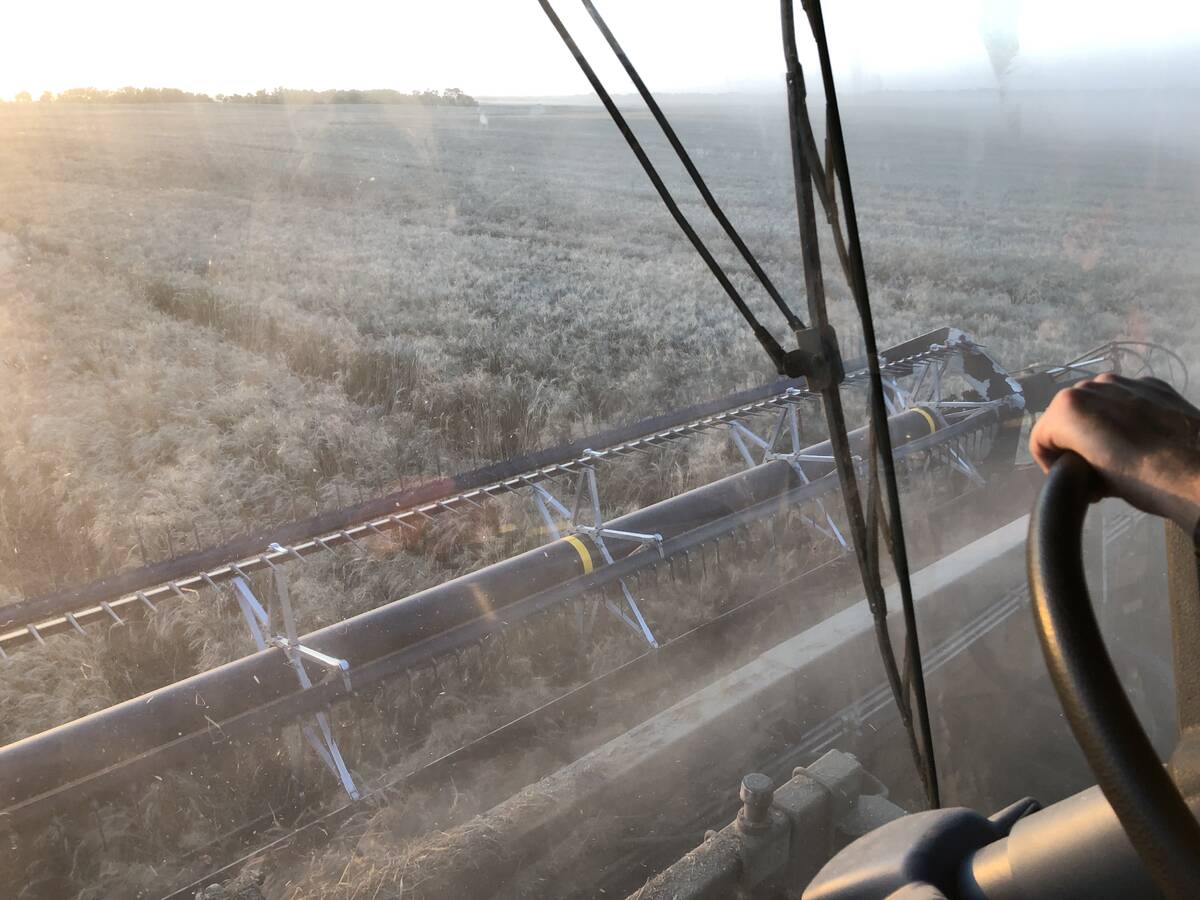Knowing the total genetic makeup of an insect allows scientists to design plants that repel the bad bugs
Australian researchers have spearheaded an international effort to decipher and map the entire genome makeup of two major megapests threatening crops around the world.
The Commonwealth Scientific and Industrial Research Organization announced in a recent news release that it had identified more than 17,000 protein coding genes in two closely related pests considered to be the world’s greatest caterpillar enemies of broad acre crops.
It’s estimated that the cotton bollworm (Helicoverpa armigera) and the corn earworm (Helicoverpa zea) cost the world’s farmers $5 billion a year in North America, Australia, Africa, Asia and Europe.
Read Also

Mail strike disrupts grain sample delivery
The Canadian Grain Commission has asked farmers to consider delivering harvest samples directly to CGC offices, services centres or approved drop offs as Canada Post strike delays mail.
As part of the research, CSIRO updated a distribution model to highlight the global invasion threat with emphasis on the risks to North American crops.
Researchers also documented how these insect genetics have changed over the years. Understanding how insects adapt to become resistant to chemicals is the key to keeping one step ahead of crop-killing pests. Armed with these genetic codes, plant breeders can continue developing new B.t. varieties that the insects don’t eat.
Other stories in The 2017 Innovation Issue:
- New genetic tools offer way to restore cattle vigour
- Technology can help breed better cattle
- Biotech companies prospecting for microscopic gold mines
- Bee buzzes critical to calculating crop pollination
- Fungus could aid plant growth, reclaim oil sites
- Genetic mapping vs. genome sequencing
- French robot prowls the chicken coop so you don’t have to
- New laser technology proves successful for B.C. orchard
- High-tech deterrent devices protect crops from … intruding elephants?
- Diamondback moths focus of Cornell study
- VIDEO: Print your own parts?
- Bees may be serving up humanity’s next big food … and it isn’t honey
- Big doubts about big data
- The little plane that did
- Soil mapping soon to be more usable
- Managing fields could soon move to plant level
- GM pollen: it gets around
- Autonomous vehicles not on the radar for most farmers
- Farm wi-fi connectivity opens new world of possibilities
- Nanotechnology to alter animal health, food systems
- As big data comes to the farm, are policy makers keeping up?
- Farmers not rushing to grab digital tools: survey
- Connecting the DOTs
- Hands-free field test
- Researcher understands farmer doubts about hands-free farming
- The trouble with telematics
- Sensor sensibility
- The discovery that could shake up the beer industry
- Grow your own clothes
- Blockchain technology offers food safety, traceability and more
- Supercluster makes big innovation pitch
- Quicker, cheaper biofuel production in the works
- Alternatives to livestock antibiotics are difficult to assess
- A revolution is coming
The CSIRO release said that genetic mapping has the potential to significantly reduce insecticide use worldwide, thus saving the agricultural community billions of dollars a year and reducing the volume of chemicals escaping into the environment. At the same time, this innovative technology can provide better protection for crops.
“The bollworm is the single most important pest of agriculture in the world, making it humanity’s greatest competitor for food and fibre,” said CSIRO scientist John Oakeshott, adding that it attacks more crops and develops better pesticide resistance than its cousin the earworm.
“Its genomic arsenal has allowed it to outgun all our known insecticides through the development of resistance, reflecting its name — armigera, which means armed and warlike.”
According to the release, the bollworm has been spreading rapidly in Brazil and there are cases of it hybridizing with the earworm. This poses a real threat because the “new and improved superbug” could migrate up the continent to North America.
CSIRO and Australian cotton breeders incorporated B.t. insect resistance genes in their varieties in the mid-1990s to try tackling the bollworm. The B.t. cotton plants emit a natural insecticide that’s toxic to the caterpillar.
The use of chemical pesticides that were previously required to control bollworms dropped by 80 percent within a decade of introducing B.t. varieties.
But the bollworm fought back. A small percentage developed resistance to B.t. cotton, forcing scientists to develop newer and stronger chemical insecticides to manage the problem.
Karl Gordon, another CSIRO researcher, said a combination of B.t. and some chemical products was working well in Australia, but it’s costly. It’s important to study the pest itself if producers expect to manage the problem worldwide, he added.
“We need the full range of agricultural science,” said Gordon.
“Our recent analyses and mapping of the complete genome is a huge step forward in combatting these megapests.”
Identifying pest origins and the countries of origin is important in developing a global resistance management strategy. Gordon said the strategy must include risk analysis at biosecurity hot spots such as national seaports and airports.
Partners in the genome mapping project include the University of Melbourne, Baylor College of Medicine in Texas, the French National Institute for Agricultural Research, Max Plank Institute of Chemical Ecology in Germany and the U.S. Department of Agriculture’s Agricultural Research Service.


















